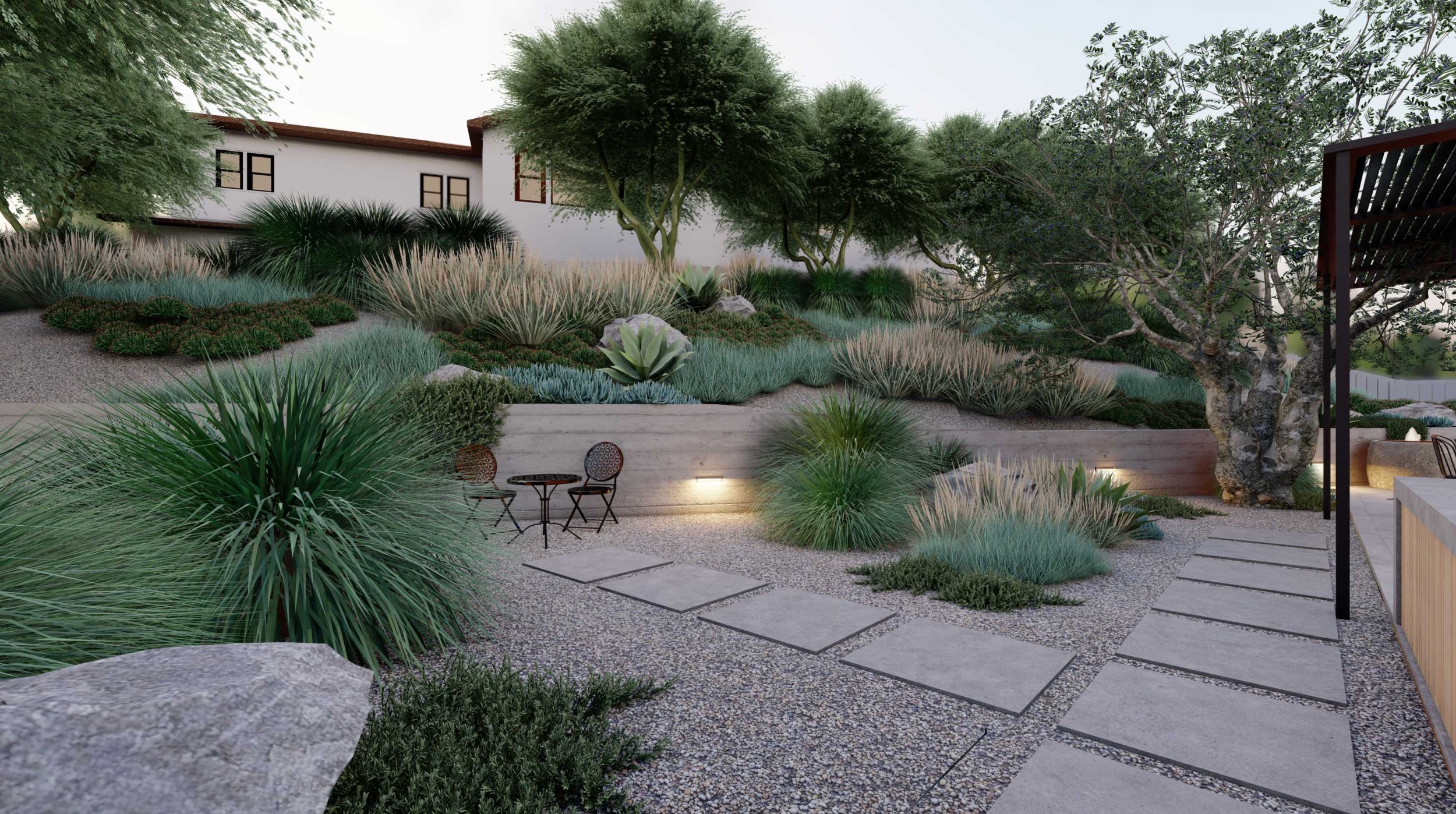Landscapers Things To Know Before You Get This
Landscapers Things To Know Before You Get This
Blog Article
The Ultimate Guide To Landscapers
Table of ContentsOur Landscapers StatementsLandscapers - QuestionsThe Facts About Landscapers UncoveredLandscapers Can Be Fun For EveryoneThe Facts About Landscapers Uncovered
- A tree or shrub (shrub) that loses its leaves in winter months. In the PNW there are semi-deciduous or semi-evergreen plants that may shed their fallen leaves depending upon exactly how chilly the winter is. Abelia and some hebe are fine examples. Landscapers. - A flat event area, made from wood or composite material (made to appear like timber), normally surrounding or affixed to a framework.:max_bytes(150000):strip_icc()/GettyImages-154046398-c39f1daf45a84601b328d78ed8630660.jpg)

- Granite that is weathered to the point that it is a really fine aggregate. This is an all-natural process, and the outcome can be made use of for paths and patios. Disintegrated granite is usually referred to as DG. It is especially beneficial in contemporary landscapes. - Trick landscape features being recommended in a landscape style plan.
Things about Landscapers
These objectives direct the style procedure, not the designer's design or choices. Typical design objectives in Rose city are low maintenance, dry spell forgiving, and animal friendly. - Refine for eliminating or thinning the dead lower level of a mature yard. Thatch is yard that has actually passed away and collected below the environment-friendly blades.
Over time this layer can get extremely thick and make it difficult for water, sun, and nutrients to get to portions of the lawn.- The procedure of collecting and controlling the flow of water on a building. This can be performed with grading, French drains pipes, completely dry wells, permeable surface areas, sump pump, rain gardens, and much more.
Properties at the end of hills, with natural springs, or filled with hefty clay have one of the most drainage troubles.- A slow-moving feeding irrigation system that utilizes adaptable tubing and emitters to send a precise amount of water to each plant. This is one of the most effective method of irrigating plants. - The capacity of a plant to survive without much summer season water.
- A yard attribute where water is stood for by an aggregate rock item, typically a gravel or granite. These are most generally located in contemporary and Japanese yard style.- A rock or natural flagstone patio, course, or walkway constructed without a concrete base. The base would certainly be compacted crushed rock and the joints would certainly be an accumulation or walkable ground cover.
4 Simple Techniques For Landscapers
- A rock retaining or free standing wall Visit Your URL surface developed without the use of mortar. - An underground structure that collect water and allows it to slow down percolate into the soil around it.
Landscape style that is suitable with a sites' setting in both look and sustainability without negative influences to the atmosphere. Interrupting the landscape is a line of separation that produces visual rate of interest in the yard by dividing one segment from another segment. This can be visual or functional, keeping one aspect (such as pea crushed rock) from getting combined right into another (like bark dirt).
Areas can additionally have a sensation of "enclosure" provided by trees, other growings, fencings, or screens. The landscape near the entry to a building.
A plant that is not indigenous to the area where it will certainly be grown. Not all "exotics" are intrusive or damaging, and many can be well acted or drought forgiving (Landscapers). A mass planting of ferns. Thicker bladed turf grass that spread by means of rhizomes.: The level of soil on your building prior to bark dust or garden compost is spread out.
Indicators on Landscapers You Should Know

The function, factor, or action that an area is be landscaped for. Space for growing plants for viewing, consuming, or physical activity.
Rock item, either rounded or fractured, that is relatively small- normally 1" or much less. Reduced plants that are allowed or motivated to spread out read the article over an area. Can describe any kind of "hard" garden elements consisting of statuary or rocks but the majority of generally is used to refer to courses, patios, and walls.: Height difference between the degree of water in a pond (or the degree of the pump if it sits outside the fish pond) and the top electrical outlet of water which impacts efficiency of the water pump in gph (gallons per hour). Dense shrubs or trees that develop a fencing, screen, or boundary.

The 10-Second Trick For Landscapers
A more relaxed yard dominated by curved instead of straight bed lines and a less stiff structure. Traditional PNW landscapes are casual. A plant that spreads greater than desired, or into environments where it does damage. Portland has a list of invasive plants that should not be mounted in landscapes because they can infect woodlands or rivers and be challenging to manage.
Can include head placements and protection, pipeline sizing, GPM specifications, and materials required go to this site to mount this system. Licensed professional that makes landscapes, educated in engineering and design as well as in cultivation.
The professional that plans and establishes landscape tasks, usually at a household or tiny industrial degree with the major design impetus on growings. Landscape developers typically have less education than Landscape Architects and are not certified. A completed landscape layout, outlining all aspects for the new landscape. This generally takes the form of an illustration theoretically.
A water limited HDPE product used beneath fish ponds, streams and waterfalls in water functions. Using many plantings of the same selection to fill up in an area in the landscape.
Report this page